It is undeniably true that the power of photography is dominating the real estate industry. Almost every listing we see online includes well-taken photographs of the properties for sale. This makes it a part of the mainstream.
Despite all the unfortunate events this early 2020, there are still recognizable real estate photography trends. Let us discuss them one by one.
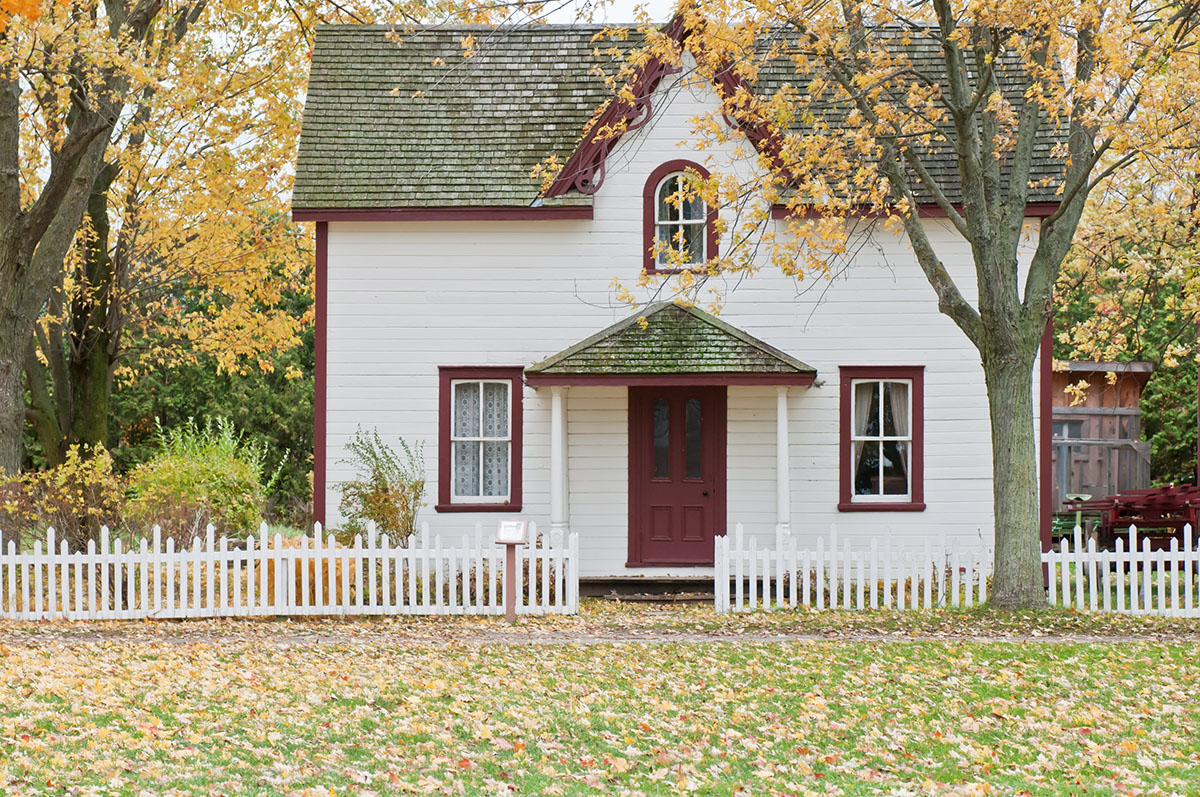
Real Estate Buyers Prefer Online Listings
A lot of prospective buyers are going online to search for available listings. This shift from people looking into newspapers and magazines for listings is not only attributed to them being busy. It is also connected to the current global situation wherein the coronavirus pandemic’s impact is so massive that the ‘new normal’ demands stricter social distancing measures. With this, the safest way for the buyers to transact with realtors is through online listings boosted with quality property images.
Photography Companies Focus on Online Presence and Social Media
Another spotted trend in the real estate market is the stringent campaigns to increase various photography companies’ online visibility. This includes improving the websites’ searchability using search engine optimization (SEO) and social media networks.
Mobile Ready Images
2020 also marks how everything that can be done on a computer is also possible in mobile devices. Everyone uses mobile devices every day. Realtors always have phones or tablets to quickly update listings while buyers use smartphones to browse, make inquiries, or even complete transactions. On the other hand, real estate photographers can also use high-end mobile devices to take impressive shots and edit them using computer software.
Photographers Collaborate with Photo Editors
While other real estate photographers know how to edit their shots, some are not that well-skilled and still need a professional photo editor. To provide quality images to realtors, photographers often partner with a photo editing company to ensure high-quality pictures.
Real Estate Photography and Videography
The rise of real estate photography and videography is another trend this year that realtors should not be taken for granted. The combination of real estate photography and videography produces more compelling visuals for the listings, which, unlike before, are just limited to images. It gives realtors competitive advancement over those who are stuck into utilizing clear images only for their listings.
Aerial Shots Using Drones
Aerial photography is a great way to capture a home’s images and its surrounding area from above using a drone. It gives buyers the ‘big picture’ of the property. It can also get more precise and closer images of the amenities nearby, such as parks, hospitals, markets, and malls. It is still an emerging trend, so make use of it and incorporate the latest photography techniques.
3D Virtual Tours and Walkthrough
2D images are boring. If you want to do a virtual tour, it is best to do it using 3D models. 3D virtual tours transform still shots of the home into a realistic computer simulation. This gives the viewer the chance to navigate around the house as if the client is there physically. It is interactive, and potential buyers can save time since they can easily do this using a computer or mobile device. On the other hand, a video walkthrough is somehow similar to a virtual tour, except that it is less interactive. Here, a person (usually the realtor) is in the house while hosting the video tour to show buyers the property’s rooms and amenities.
To wrap it up, the trends in real estate photography this 2020 are still insightful. They can be of great help for realtors in selling properties despite the pandemic. Use these trends to gain leverage and authority in the real estate market.
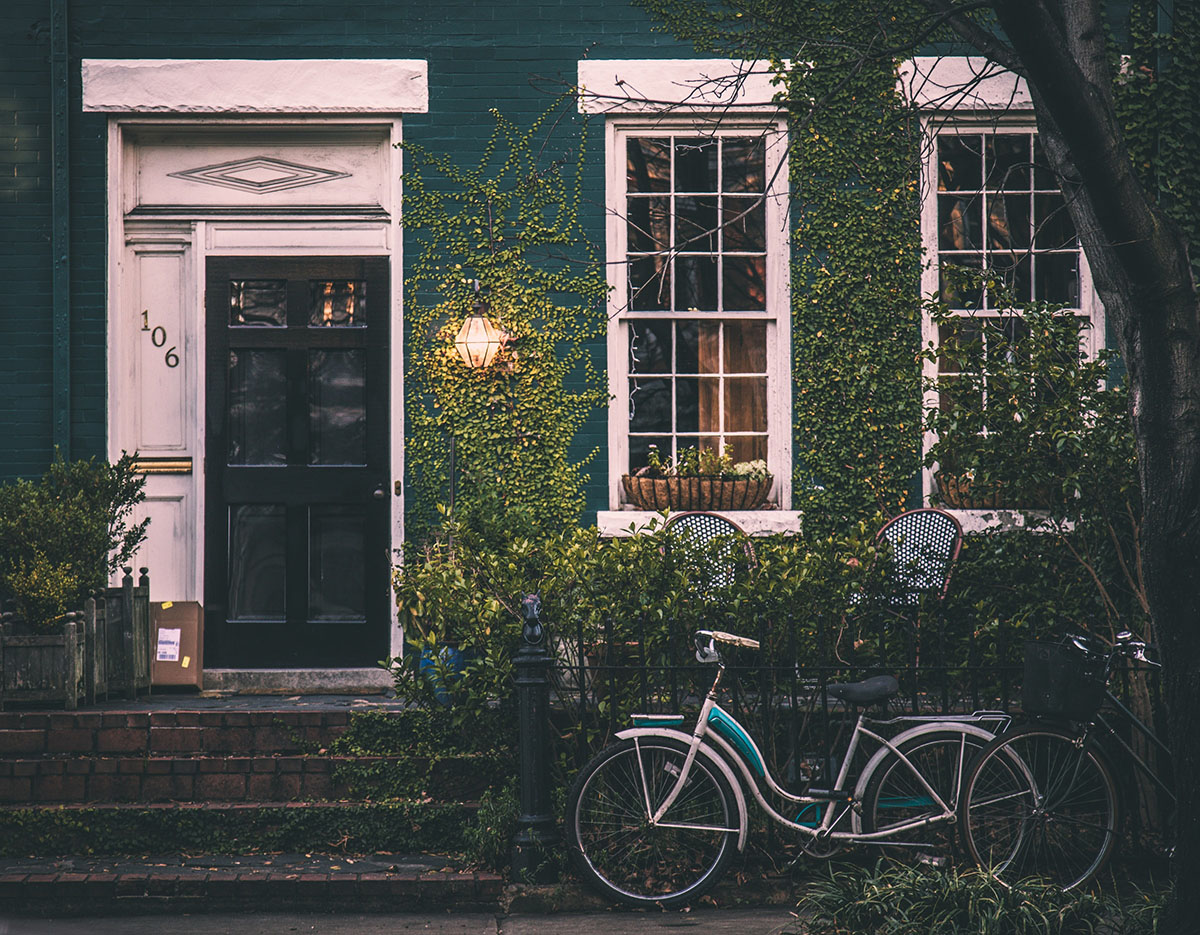
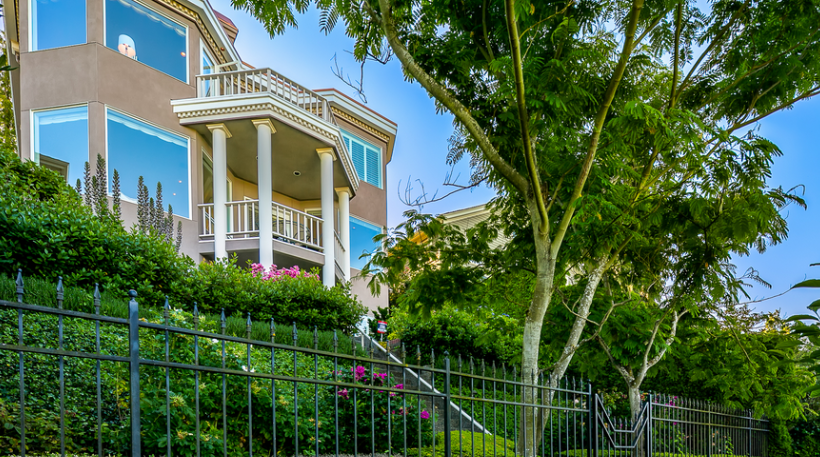


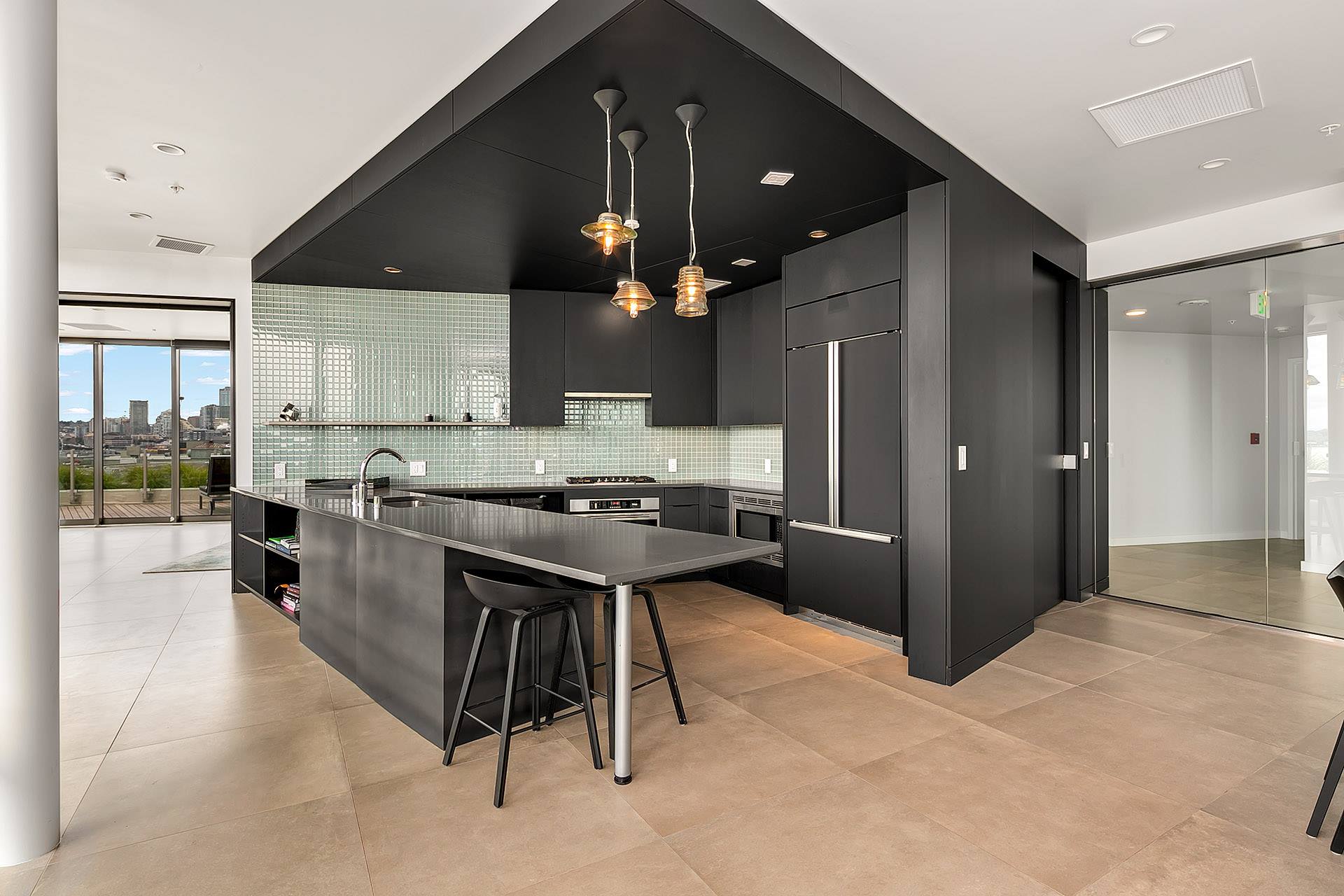
 Exposure bracketing is simply taking a series of identical shots at the same aperture but different shutter speeds. Having a constant aperture keeps the depth of field the same. However, changing the exposure allows you to capture well-exposed pictures for all different lighting levels present in the scene.
Exposure bracketing is simply taking a series of identical shots at the same aperture but different shutter speeds. Having a constant aperture keeps the depth of field the same. However, changing the exposure allows you to capture well-exposed pictures for all different lighting levels present in the scene.
 The easiest way to do it is to use the Spot
The easiest way to do it is to use the Spot 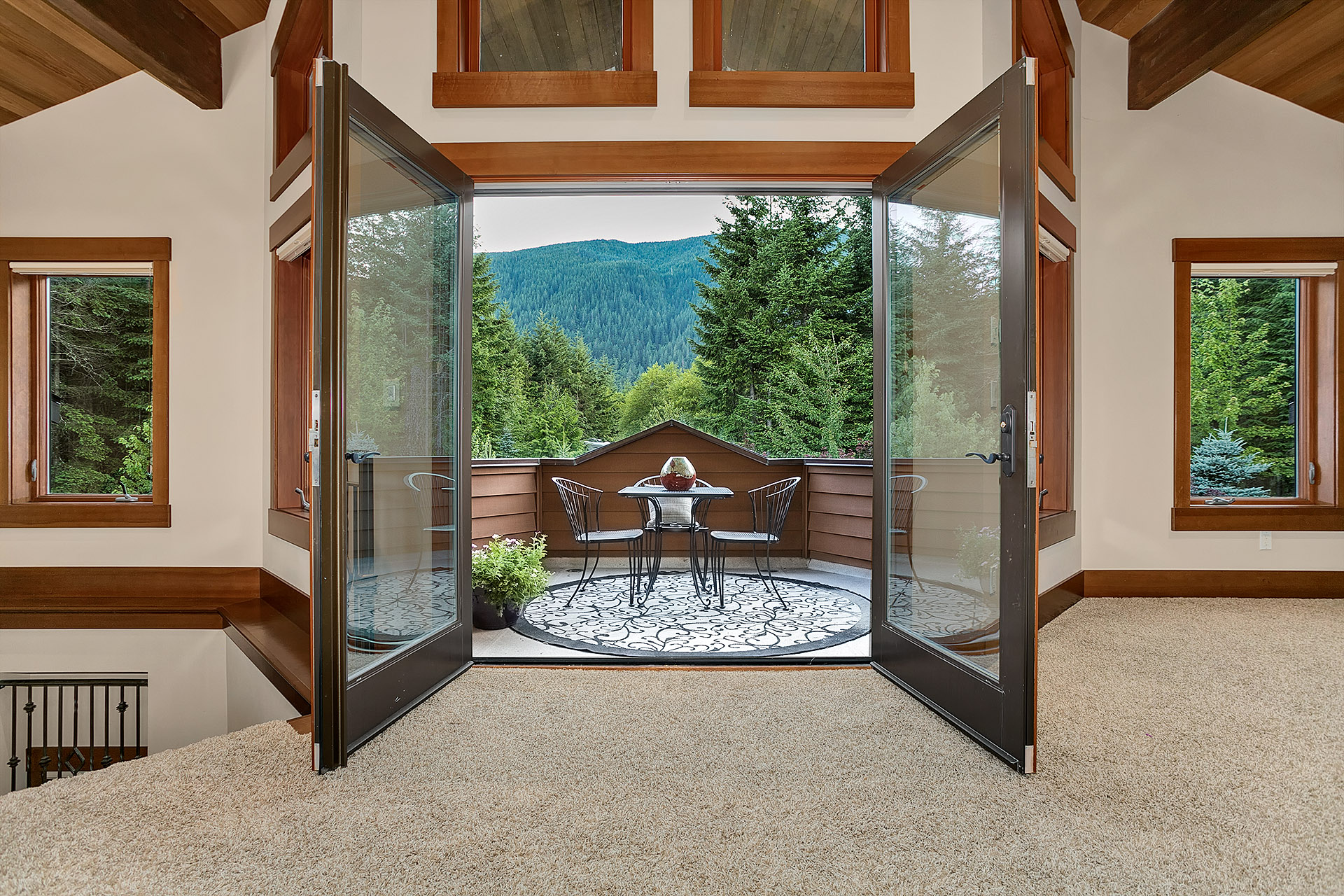


 Looking for a professional photographer can be challenging, especially if you don’t know someone in your area. Don’t just go with anyone offering you the cheapest price. Remember, great real estate photography can create potential clients as a return. Think about the profit you might gain for having excellent visual presentations for your target market.
Looking for a professional photographer can be challenging, especially if you don’t know someone in your area. Don’t just go with anyone offering you the cheapest price. Remember, great real estate photography can create potential clients as a return. Think about the profit you might gain for having excellent visual presentations for your target market.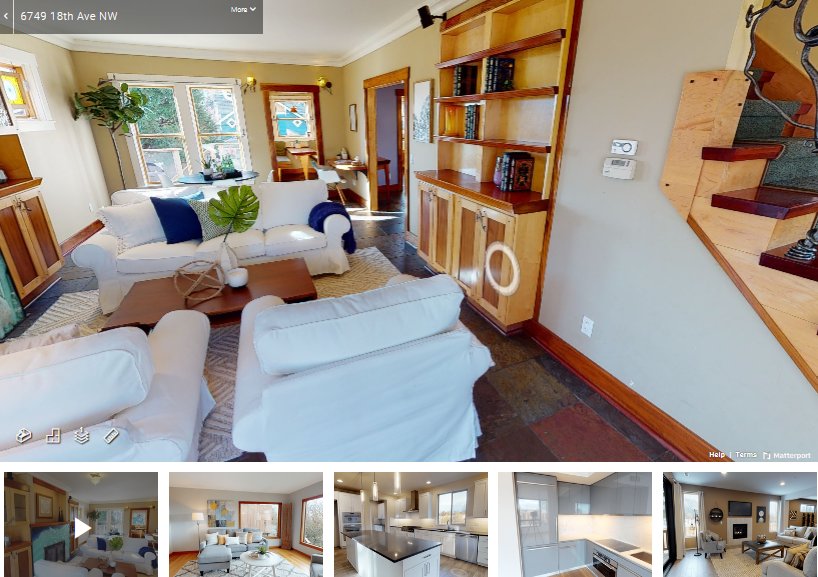

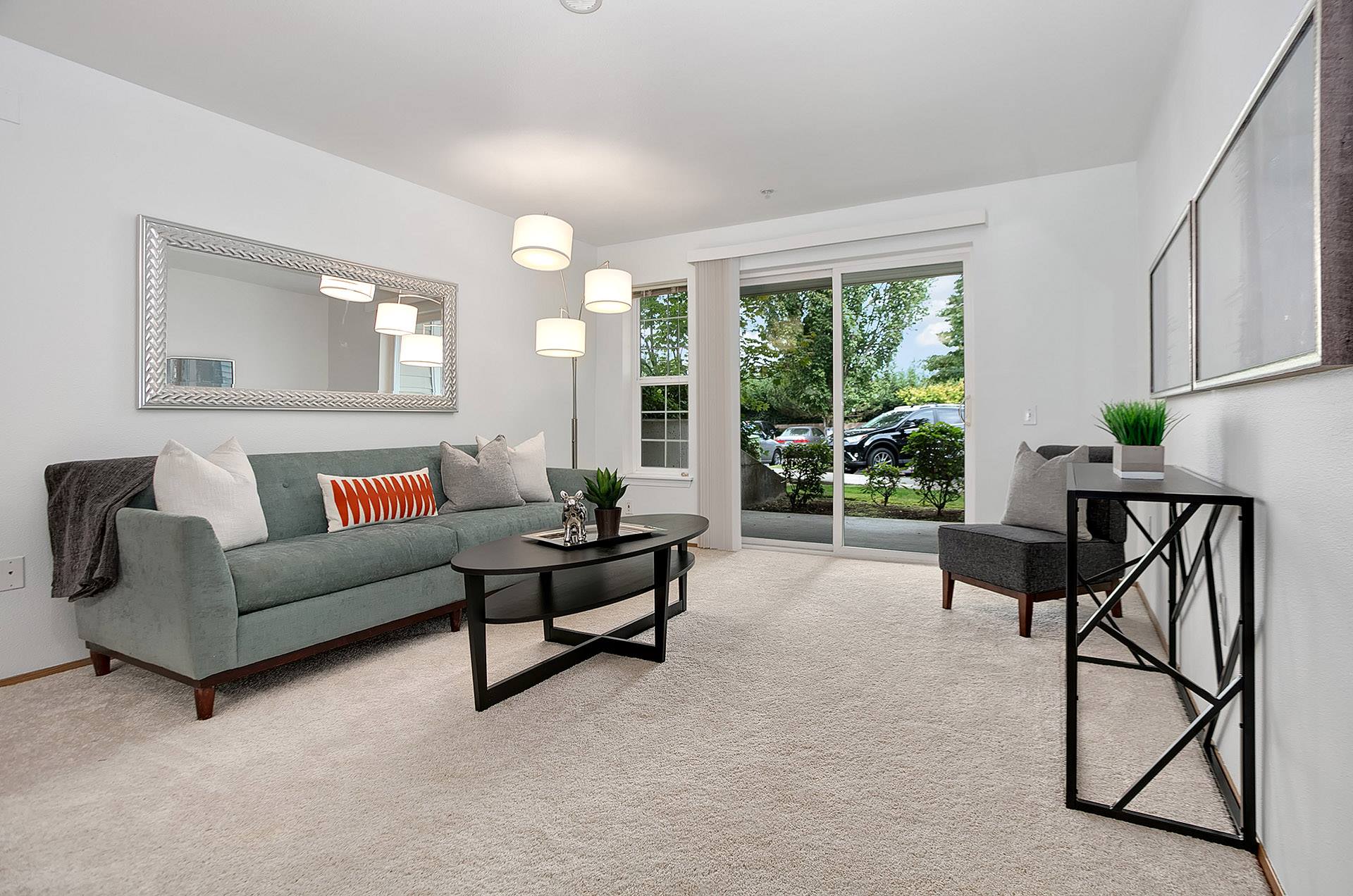
 Lighting plays a massive role in real estate photography. The placement and the type of lighting used should always blend properly with other elements such as color selection, size, and arrangement of furniture to transform a room that is photograph-ready. On the outside, most exterior lightings come naturally with the direct light from the sun.
Lighting plays a massive role in real estate photography. The placement and the type of lighting used should always blend properly with other elements such as color selection, size, and arrangement of furniture to transform a room that is photograph-ready. On the outside, most exterior lightings come naturally with the direct light from the sun.


